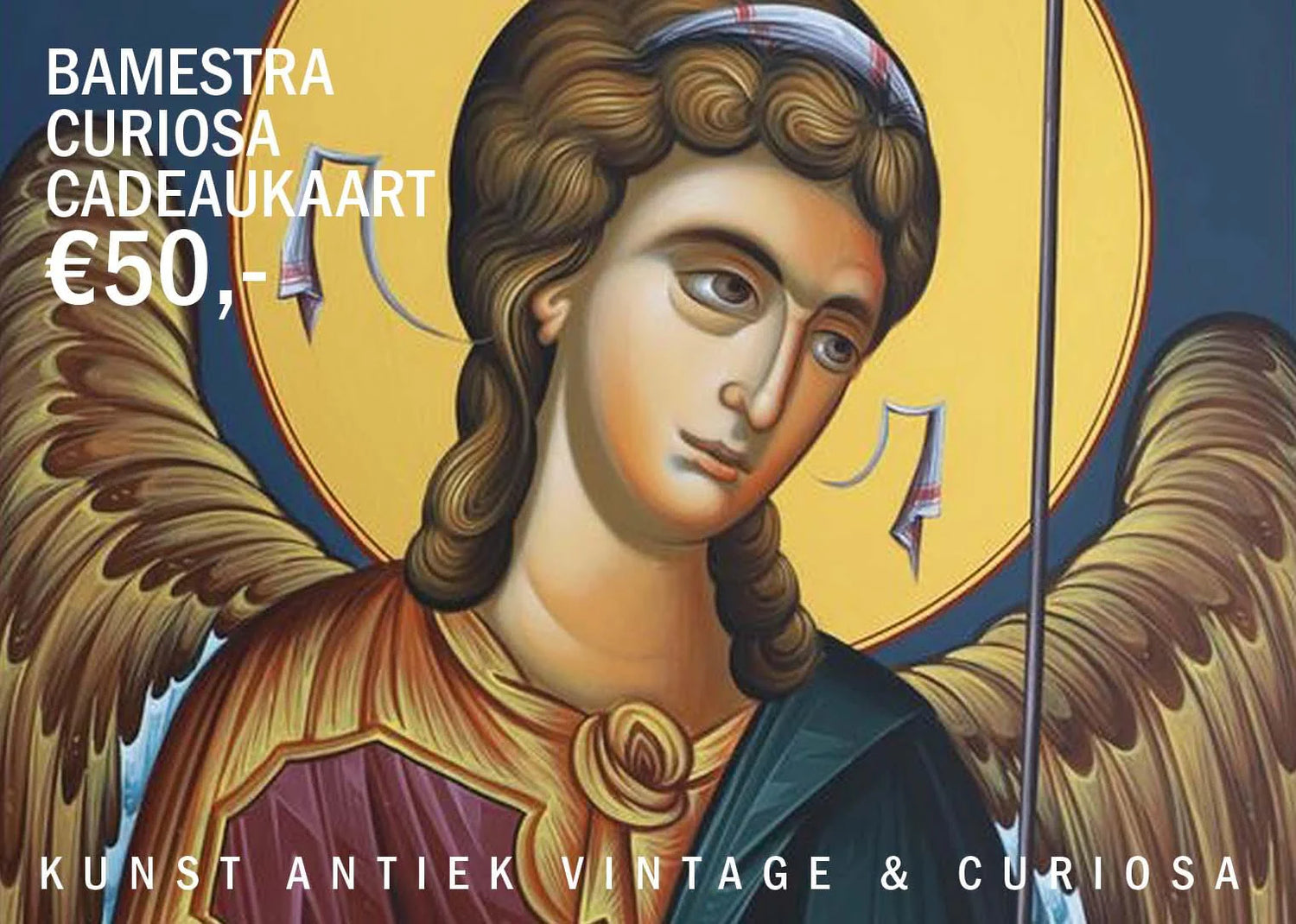Fra Filippo Lippi (Florence, circa 1406 - Spoleto, circa October 8, 1469), also known as Lippo Lippi, was one of the most important Florentine painters of the Early Renaissance.
Lippi's son Filippino Lippi was also a famous Italian Renaissance painter. His Florentine counterpart was Fra Angelico.
Biography
Filippo Lippi's parents died when he was young. His aunt then took him to the Carmelite Monastery in Florence. Here he learned to draw and paint. In 1421 he joined the Carmelite order. Early in his career, Filippo was mainly influenced by the work of Tommaso Masaccio. Masaccio painted a series of frescoes on the walls of the Capella Brancacci of the Carmelite Church in Florence, where Filippo also worked on frescoes, on the subject of “confirmation of the rules of the Carmelites”. These frescoes clearly show Masaccio's influence.
Filippo left the monastery but remained a member of the monastic order. In 1439 he described himself as the "poorest brother of Florence", charged with supporting six of his nieces. In 1452 he was appointed chaplain of the Church of San Giovannino in Florence, and in 1457 he became rector (Rettore Commendatario) of San Quirico in Legnaia, a district in the city of Florence. At that time he earned a nice salary, which he spent just as much on his mistresses. Around 1458, Filippo Lippi was commissioned to paint frescoes in the church of Santa Margherita in Prato. There he met Lucrezia Buti, who had probably been placed under the tutelage of the nuns by her father, the Florentine Francesco Buti. Lippi stole the young woman and took her with him to his house. They had a son, Filippino Lippi, who would later follow in his father's footsteps.
In 1434 he received a commission from Cosimo de Medici to paint a Madonna and a Nativity. This was followed by a period in which Filippo was influenced by the Flemish painters. He subsequently developed his own style characterized by dynamics and movement. Moreover, he often painted his figures in different spaces within a canvas, sometimes separating them from each other by placing them in different rooms or environments, or by a different light. Sandro Botticelli is probably a student of Filippo Lippi.
At the end of his life he moved to Spoleto, where he painted scenes from the life of Mary in the cathedral. He died before he could finish this performance. This was later completed by Fra Diamante. Fra Filippo is buried in Spoleto, where a grand monument was erected to him, designed by his son Filippino on behalf of Lorenzo de' Medici.



